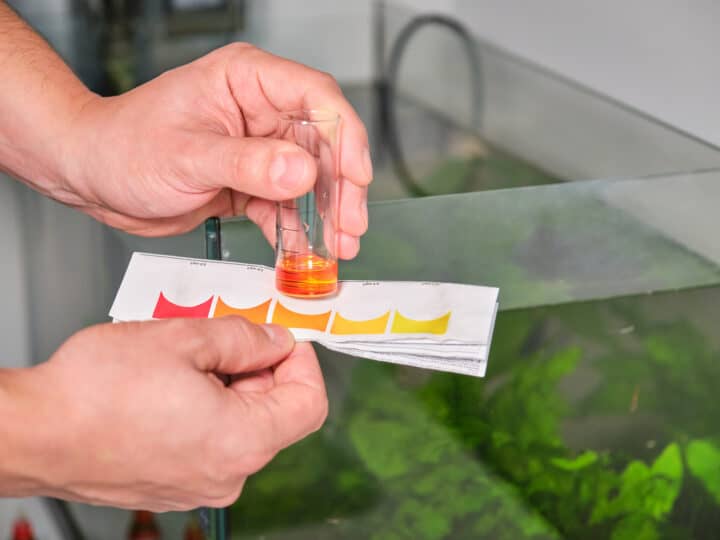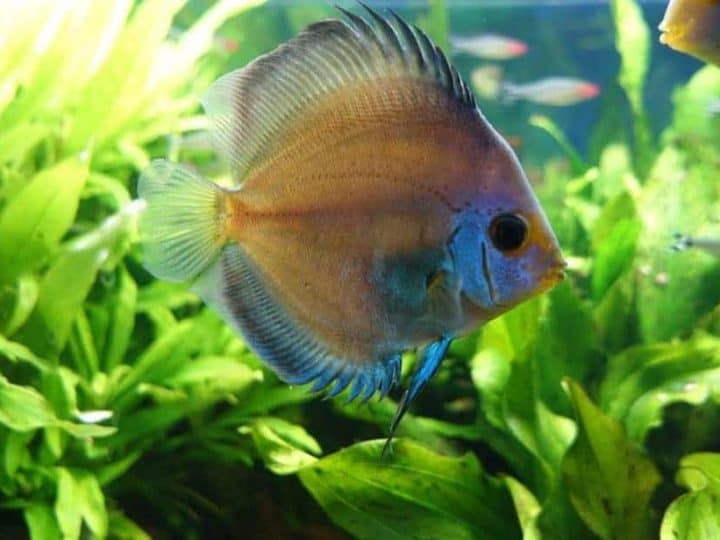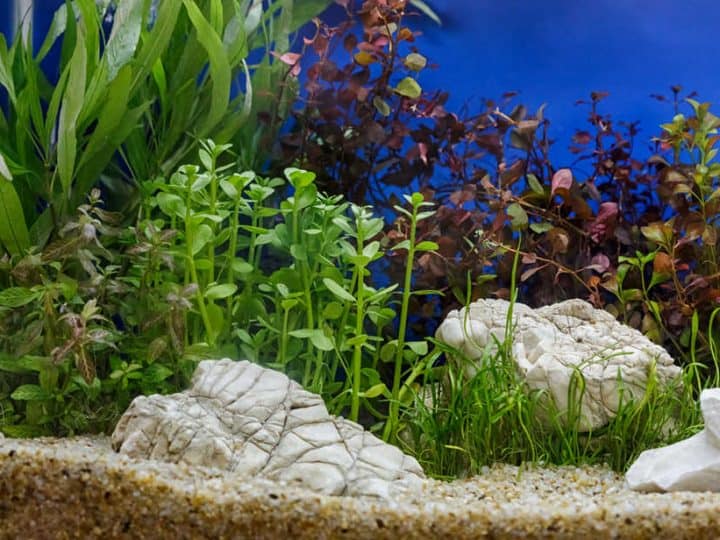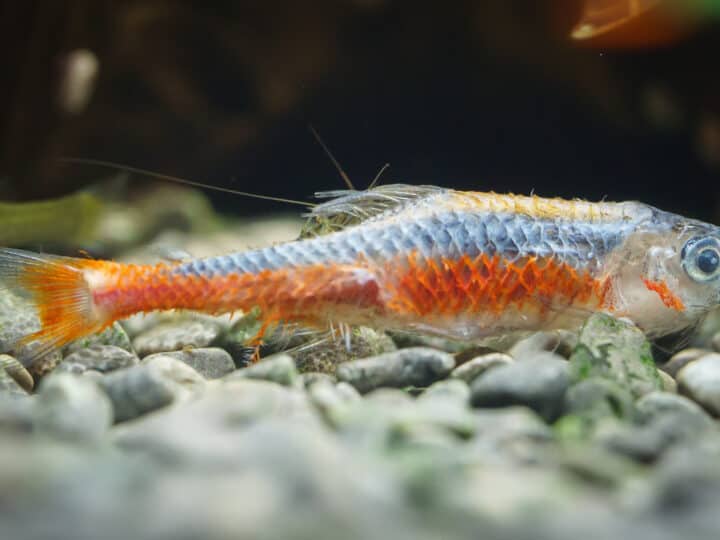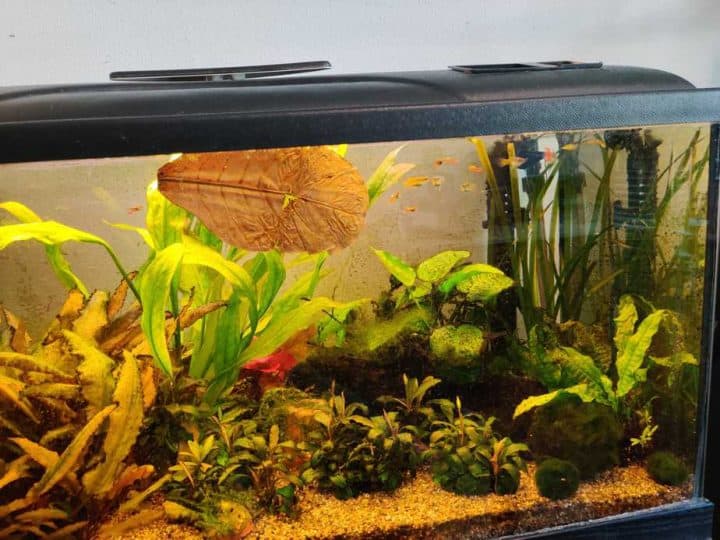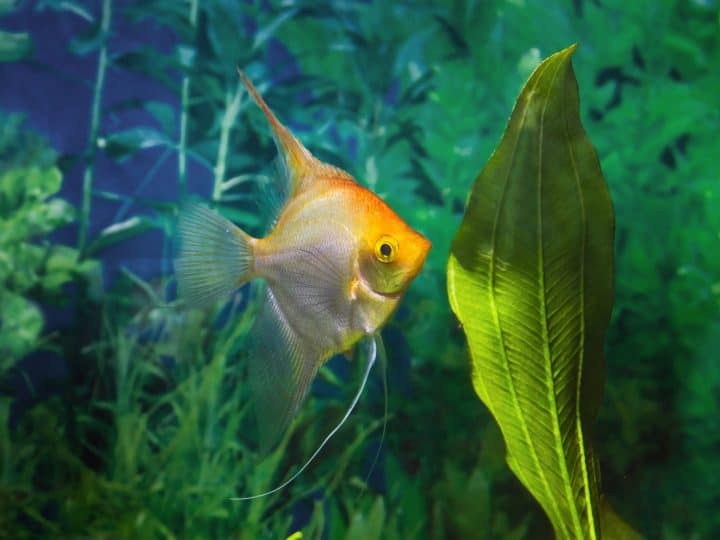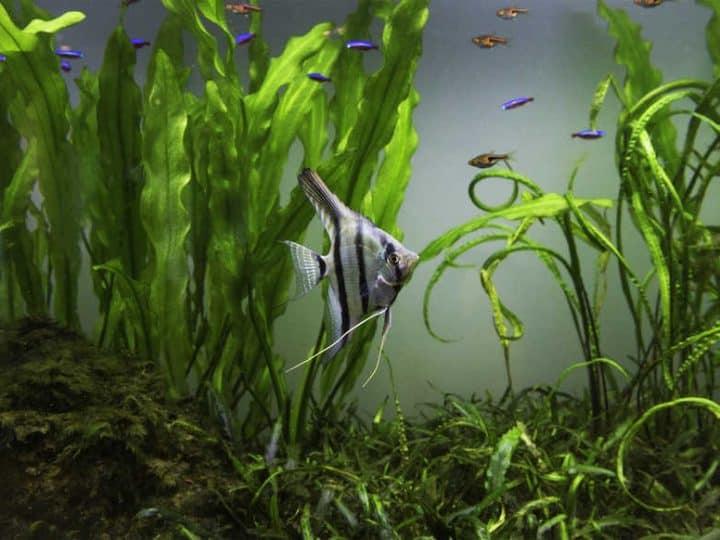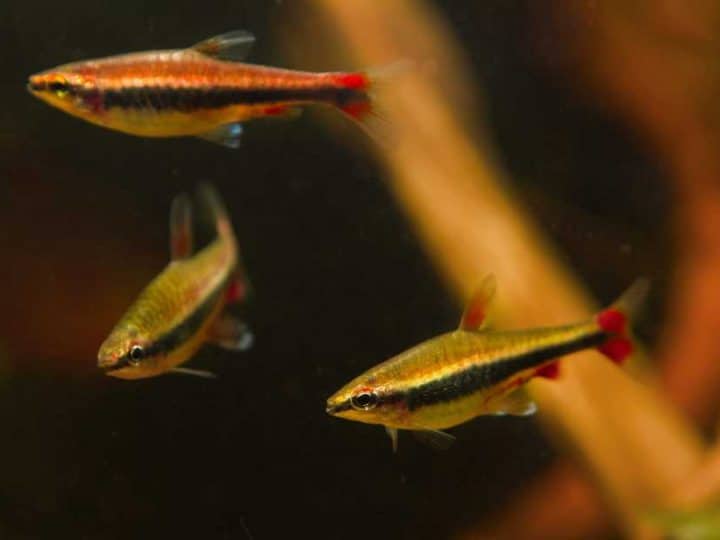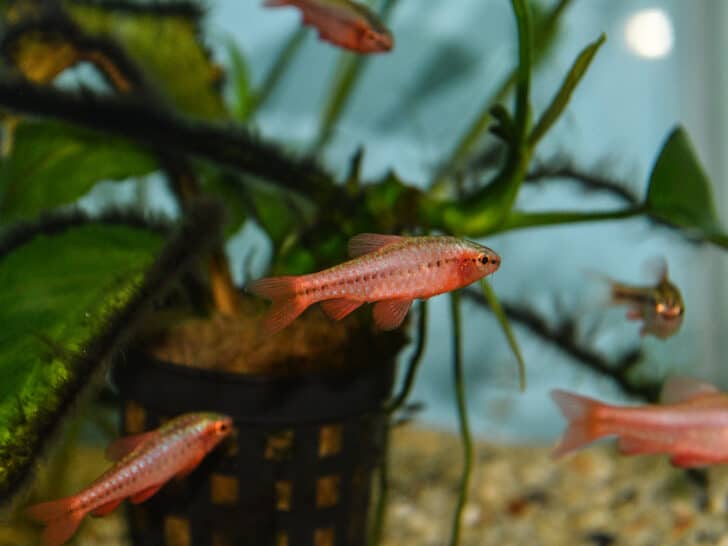As a fish owner, I always want to make sure my fish get the best circumstances as possible. Doing water changes is a big part of that, and I wondered if changing your aquarium water too often was possible. After doing my research, this is what I found.
Quick Answer
Do not change water more frequently than once a day. If you want to keep your aquarium water pristine, doing daily water changes is beneficial. Just make sure you know how to do a proper water change. There possibly is more to it than you think.
Keep reading to find out everything there is to know in relation to water change frequency and how it affect Your Aquarium.
Why Doing Water Changes Once a Day Is the Maximum
A lot of aquarium owners who like to breed fish know that doing daily water changes bis beneficial for baby fish fry. This might even be you! So why then do I recommend not doing water changes more often than once a day?
Well, the water you add to the aquarium must mix with the aquarium water. Adding water to the tank that matches the aquarium water is almost impossible. The temperature, pH and other parameters will differ. To see the optimal parameters or to learn what these parameters mean, you might find this article I wrote insightful.
Aquarium fish (and plants to some extent as well) love stability. If the parameters are not exactly perfect, but they are stable, your fish won’t mind. In the pH is 0.5 higher than an employee at your local fish store recommended, it is not a problem.
Every time we do a water change, the parameters will fluctuate. This will induce stress in our fish. Just once a day isn’t a problem, but your fish won’t appreciate any more than that. It can lead to excessive stress and possibly even deceased fish.
Can You Do Too Many Water Changes?
Another reason why you should not change your tank water too often is because it will flush out any dissolved nutrients from the water. Obviously you do not want excessively high phosphate levels, nitrate levels or dissolved trace elements in your fish tank. But….. we also do no want our fish swimming in what is essentially tap water.
There is healthy “stuff” in your filter media that are important to prevent poor water quality, the good bacteria. Not all debris in your aquarium is bad. Essentially, you want your aquarium to be slightly “dirty” to create a safe environment for your fish to live, which means that all-too frequent water changes aren’t ideal.
Your aquarium already has biological filtration: beneficial bacteria housed in your filter, but also on decorations and in the gravel. Ammonia, which is toxic to fish in low concentrations, will be broken down. Constant water testing and a high frequency of water changes will not always benefit your pet fish.
Instead, stick to a safe water change schedule. I recommend weekly or bi-weekly 25% water changes. It might be necessary to change the water a bit more often in the first months of the tank. This has to do with the nitrogen cycle and the absence of fish waste. Your tank is not yet very stable. You can use conditioner to speed up this process.
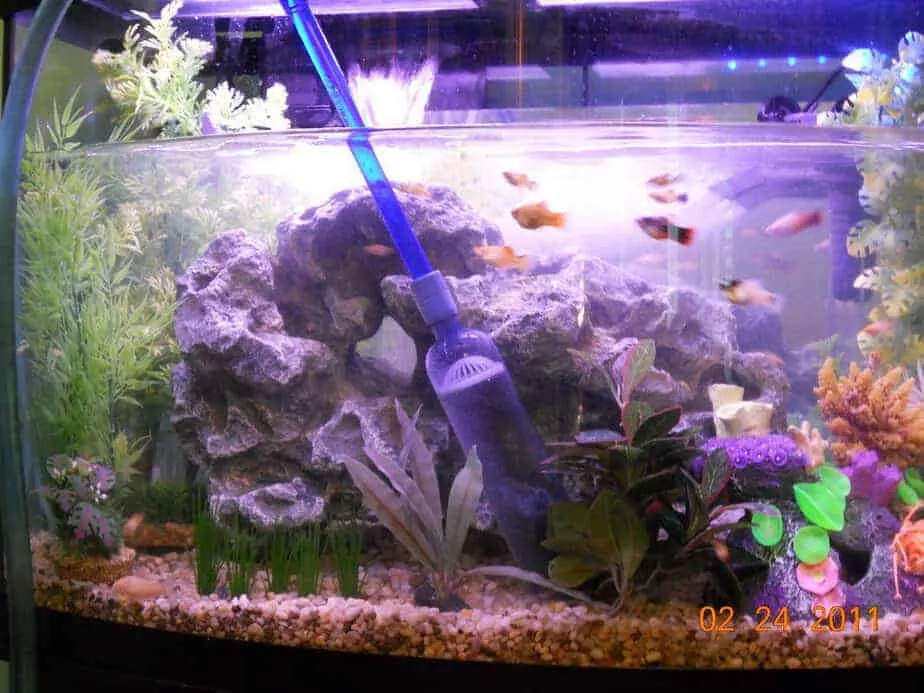
What Is the Purpose of a Frequent Water Change?
Whenever you are doing water changes, you are removing waste from your fish from the aquarium and replacing it with clean, fresh water. The waste can come from rotting plants, uneaten food, or deceased fish.
The main source of waste are your fish, they produce ammonia which is toxic in low concentrations. Ammonia is converted to nitrite, which is converted to nitrate. Nitrate is less toxic in low concentrations, but when you allow it to build up, it will become toxic and cause stress to your fish. This is what you are removing: nitrate.
But not only nitrates… there’s other stuff that builds up in an aquarium. Phosphates for example. With an abundance of these substances, algae might build up. That’s why people clean their tanks: remove dissolved minerals from their tank as there is no other place for them to go.
And yes, you can add live plants to your aquarium that help you clean. This is a rather good plan as they also look beautiful and cover your fish. I even wrote a complete article about this so I am not going to go in too much detail here.
Removing this nitrate will make sure the water stays safe for your fish to live in.
How to Safely Do a Water Change
Water changes causing stress is obviously not what we want. How can we reduce stress to aquarium fish while doing a water change? There are a couple of things you can take into account that will cause less stress.
Tip: your best friend while doing water changes is a siphon. You can use a gravel vacuum to siphon water while cleaning your gravel at the same time. I always recommend this affordable gravel vacuum on Amazon. Check it out, you will not be disappointed.
Removing Water
A rule of thumb is to never remove more than 50% of the aquarium water at once during a water change. Why is that? Well… there is a risk of destroying the beneficial bacteria that live in your tank. These bacteria help break down ammonia into less toxic products.
If you would, for example, do a 100% water change (again, never do this) there is a high chance that you deprive the bacteria with food for too long, which kills them.
Another reason why over 50% is too much is because the shock for the fish increases when you alter too much of the water parameters at once. Changing water parameters causes stress.
This can even be the case when an extremely high concentration of nitrate has been building up over time due to a lack of maintenance. This is also called “old tank syndrome”, check out this article I wrote if you want to know if your tank has old tank syndrome. Totally clean water is not always necessarily a good thing, especially as far as nitrite levels and other organic contaminants are concerned.
For effective (daily) water changes, remove around 25% of the water at once.
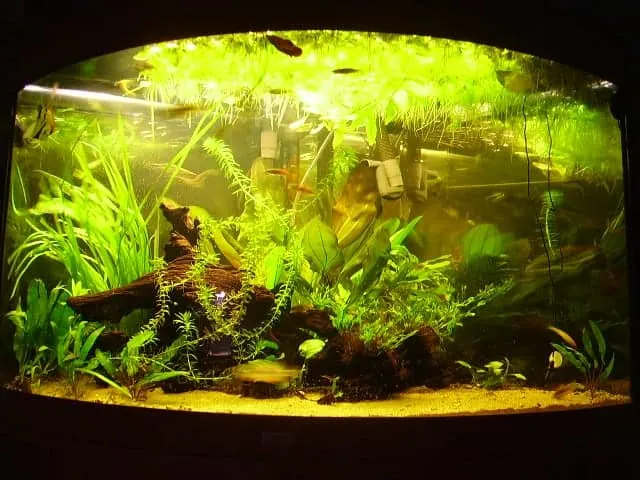
While you are removing water, make sure to vacuum the bottom of your tank. Sadly for us, there is no fish who eats all the poop from the aquarium, we need to do that our selves. Some people will add a “clean up crew” of fish to help clean them, but know that they are by no means a substitution for maintenance.
By vacuuming the gravel, you will be able to remove all the fish poop, uneaten food and organic plant matter that has accumulated on the bottom of the tank. This is super important and makes for a great water change, as it will start to rot when not taken care of. You do not want another ammonia source in your tank, as this will kill your fish.
Adding New Water
In theory, you want the water you add to your aquarium to exactly match the aquarium water.
To do this, make sure you use a pre-treat water conditioner to treat your tap water. This is the case whether the water comes from your sink or garden hose. This will remove the chlorine and chloramine in your tap water to make it safe for your fish. I have written an article on removing chlorine and chloramine in the past. Here you can learn more on why, how and with what you should treat your tap water.
The second parameter you can easily control is the temperature. You want the water you add to have the aquarium water’s temperature. If you want to be more precise, you can measure the temperature in the bucket with a thermometer.
When you add the water to your aquarium, make sure you do it gradually. This can be done by setting up a siphon that slowly transfers the water from a bucket to your aquarium.
If you add the water all at once, you will notice that the substrate, plants, ornaments and fish in your aquarium are heavily disturbed by the sudden strong flow in your tank. Also, when the water parameters do not exactly match the aquarium water the shock will be rather sudden. Again, this causes stress to your fish.
If you happen to have a saltwater tank, remember that the overall salinity of the water will also need to be taken into account.
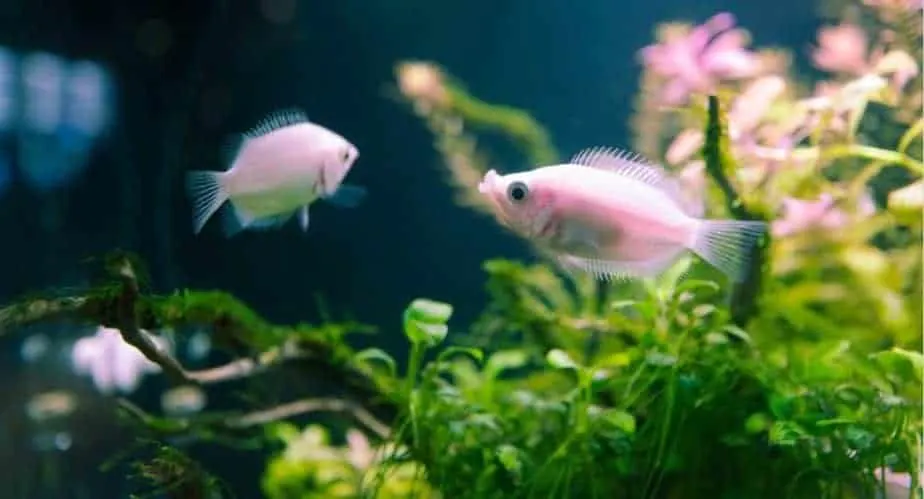
Conclusion
To conclude, yes you can do too many water changes. If you do more than 1 water change per day, your fish will experience unnecessary stress. This is because the water parameters are fluctuating.
Instead, if you really want to do the maximum number of water changes, stay at one water change per day. Never change more that 50% of the water at once, as this can kill the beneficial bacteria in the aquarium. Partial water changes are important to maintain!
Related Questions
What is The Normal Amount of Water Changes People Usually Do? Most people do a weekly or bi-weekly water change where they replace 25% of the aquarium with fresh water. This will make sure the water remains healthy and there is no excessive nitrate build up without severely affecting tank water chemistry.
What is The Lowest Number of Water Changes You Can Do? If you plan correctly and add a lot of live plants to your aquarium, you can do water changes just once per month. This is because the plants will remove some of the nitrate from the water. They theoretically might be able to remove all of the nitrate, but a build up of nitrates is dangerous. This is called old tank syndrome.
Should I Use Reverse Osmosis Water When Doing Water Changes? Yes, you can use RO water for water changes, but make sure to remineralize the water before adding it back into the fish tank.
References
Feature tank image – Author: Emilia Murray Licensed by CC2.0 No changes
Water change image – Author: osseous Licensed under: CC2.0 no changes

